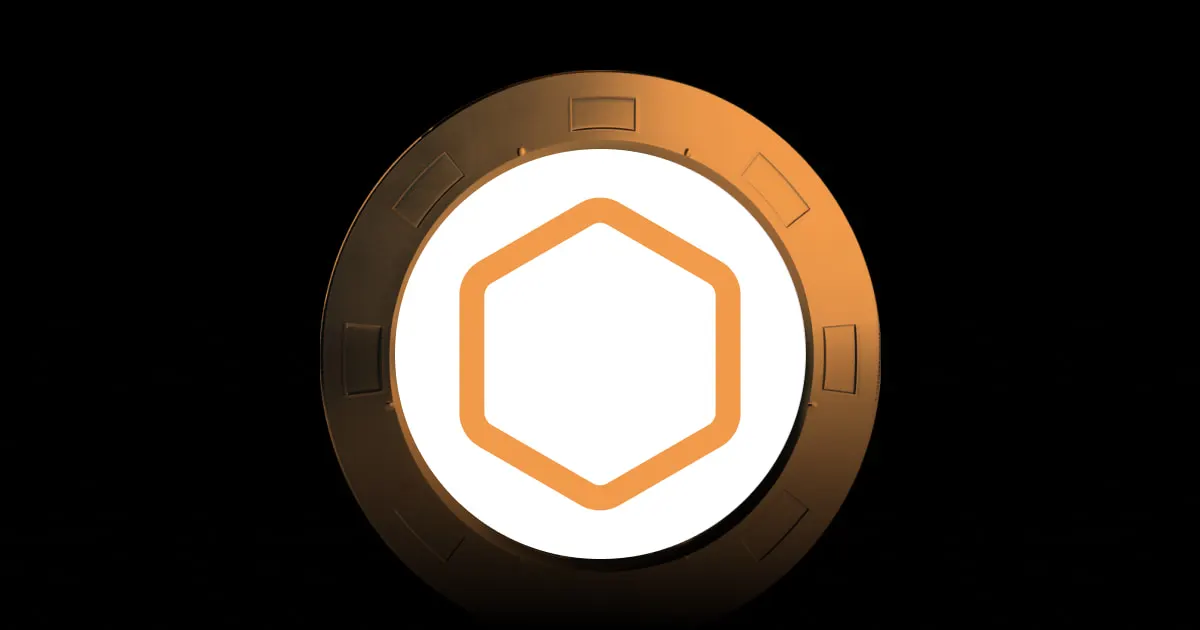What Is Core Token (CORE)?

What Is CORE
CORE is a layer-1 blockchain that aims to solve the blockchain trilemma and is designed to be secure, scalable, and decentralized.
The blockchain trilemma is a concept in blockchain which highlights the inherent trade-offs and challenges that blockchain networks face when trying to achieve decentralization, security, and scalability at the same time. Blockchain networks typically cannot achieve all three key objectives simultaneously and are forced to sacrifice one of the three.
Core is also Ethereum Virtual Machine (EVM) compatible which means that it can run Ethereum smart contracts and decentralized applications (DApps). This allows developers to easily migrate their projects from Ethereum to Core.
Who Created CORE
Core is a new cryptocurrency that was launched in January 2023. The Core network is governed by its Decentralised Autonomous Organisation (DAO). As the blockchain is still relatively new and the community is still young, the Core team will oversee the network until Core reaches the point of sufficient decentralization. The identities of the team remain unknown but it consists of a global team of contributors.
How Does CORE Work
Core uses a new consensus mechanism called Satoshi Plus. Satoshi Plus is a hybrid consensus mechanism that combines the security of Proof of Work and the scalability and efficiency of Delegated Proof of Stake (DPoS).
In Satoshi Plus, miners compete to solve puzzles to secure the network. The first one to find a solution wins the right to create a new block and validate transactions.
The Core network uses the same miners that are responsible for securing the Bitcoin network through Proof of Work. BTC miners can participate by 1) delegating their hash power to a Core validator or 2) running their validator.
In the first option, BTC miners merely delegate their power. Thus securing the Core network does not take anything away from the securing of Bitcoin’s network. This also means that Core network’s security can be achieved without miners having to expend any extra computing power. Leveraging on the existing BTC mining network, Satoshi Plus can reap the benefits of the security of the Bitcoin network to secure Core.
The latter option requires BTC miners to synchronize their identity on both the BTC and Core blockchains using their public and private keys in order to run their validator. When transactions are submitted, the newly formed blocks mined by the BTC miners are synced with the Core network through relayers.
To participate in the consensus process as a validator, miners are required to stake CORE tokens. But unlike Proof of Stake, DPoS allows even small-stake CORE token holders to participate in the validation process by delegating their CORE to validator candidates.
Validators are elected using a protocol-driven mechanism based on the following factors:
Stake size: The greater the amount of staked CORE tokens, the greater the chance of being elected.
Track record: The better the validator’s track record of producing blocks and validating transactions, the greater the chance of being elected.
Decentralization: The Core network is designed to elect a diverse set of validators from different geographic regions.
After the block is successfully verified, it is added to the blockchain and the miner who validates and produces the block is rewarded. On the other hand, if the block is rejected, the miner who produced the block is penalized and their staked amount might be confiscated.
Why Trade CORE
Traders may find value in CORE should they believe that with its unique hybrid Satoshi Plus consensus mechanism, Core is able to solve the blockchain trilemma and be the layer-1 blockchain of choice in the industry.
CORE Tokenomics
CORE is the utility and governance token of the Core network and these are several of its use cases including, but not limited to:
Paying for fees
CORE is used to pay for fees on the Core network such as transaction fees, smart contract execution fees, and data storage fees.
Staking
CORE token holders can secure the CORE network and validate transactions by staking their tokens. CORE holders can also earn rewards in the form of more CORE tokens through staking. 90% of the rewards go to validators with the remaining 10% going to verifiers and relayers via the System Reward Contract.
Governance
CORE holders will oversee the Core network and this includes but is not limited to altering the number of validators, setting the percentage of block rewards and transaction fees that are burned, and regulating governance parameters.
CORE has a total supply of 2,100,000,000 tokens of which 159,483,888 tokens are in circulation as of September 2023.
The planned distribution of CORE tokens is as follows:
Node Mining - 39.995%
Users - 25.029%
Contributors (existing and future) - 15%
Reserves - 10%
Treasury - 9.5%
Relayer Rewards - 0.476%
How to Trade CORE on Flipster
Sign up for an account on the Flipster website or by downloading the Flipster app (Android or Apple).
Click the [Trade] tab.
Search for CORE, and click on it.
Select the leverage (up to 10x).
Select either a Trigger Order or Market Order.
Input the amount of crypto you wish to trade, or select a percentage of your available funds to use.
Once you have confirmed the details, click the [Long] or [Short] button to open a position.
CORE Perpetual Swap Contract Specifications
Disclaimer: This material is for information purposes only and does not constitute financial advice. Flipster makes no recommendations or guarantees in respect of any digital asset, product, or service. Trading digital assets and digital asset derivatives comes with significant risk of loss due to its high price volatility, and is not suitable for all investors.